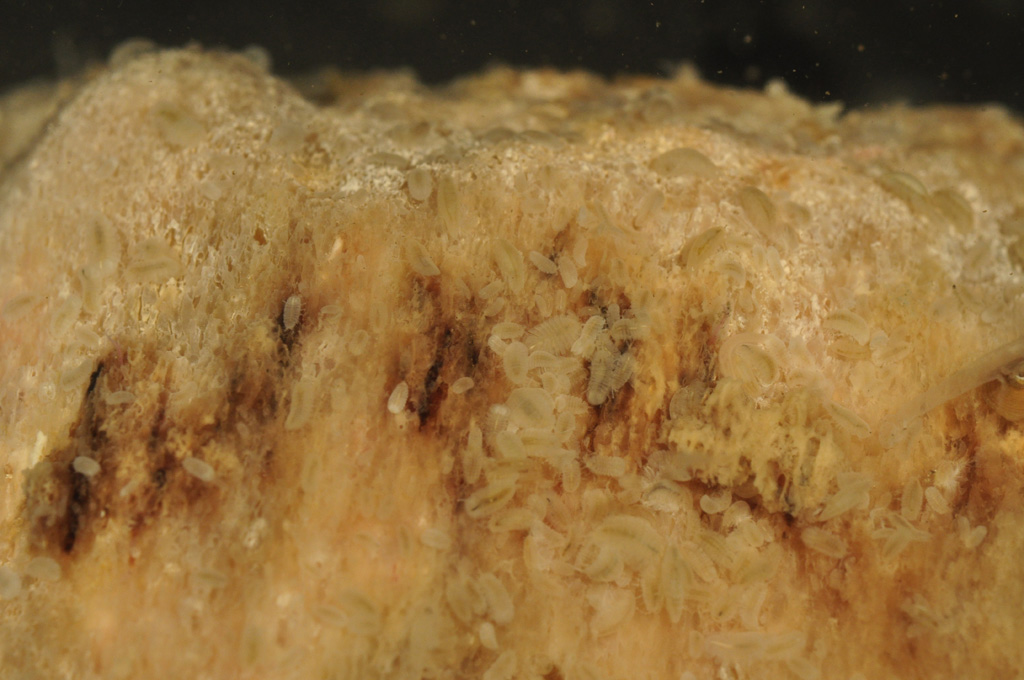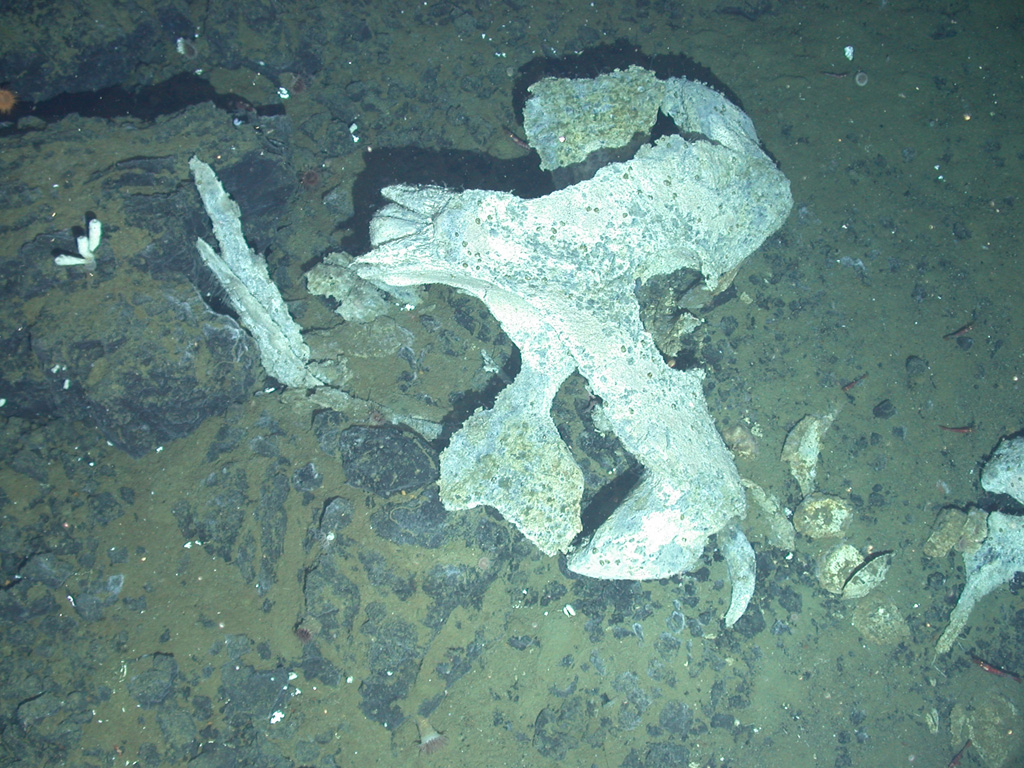New Crustaceans Found Crawling on Dead Whale Bones Off Antarctica

A new species of louselike crustacean has been discovered living on the bones of a dead whale at the bottom of the Southern Ocean around Antarctica.
British researchers using a remotely operated vehicle (ROV) to explore the deep seafloor stumbled across the bare bones of a minke whale. Speckling the bones were tiny animals that resembled wood lice, only smaller, the researchers discovered.
The bones "were absolutely covered in these little critters — there were 500 to 6,000 specimens per square meter [11 square feet]," Katrin Linse, a researcher with the British Antarctic Survey who led the study, said in a statement. [Images: Strange Life at Antarctic Seafloor]
Scientists at the sea surface onboard the RRS James Cooksaw the bones and the critters via a live video feed from the ROV, and they used the ROV's robotic arm to grab some of the bones to bring up to the ship.

Genetic tests showed these creatures, which measure about 0.15 inches (3.7 millimeters) long, represented a new species with close relatives living far away in the shallow waters of the North Sea near northwestern Europe. The critter, a type of crustacean known as an isopod, has now been named Jaera tyleri.
At the time of the discovery, the research team was looking for hydrothermal vents known as black smokers, where superheated mineral-rich water is ejected from the seafloor. Finding the remains of a whale, known as a whale fall, is rare.
"You could never hope to find a whale fall on purpose — it would be like looking for a needle in a haystack," Linse said in a statement. "It gave us a rare opportunity to look at the ecology of these unique habitats, and which sorts of species settle on them."
Sign up for the Live Science daily newsletter now
Get the world’s most fascinating discoveries delivered straight to your inbox.
In fact, just last year, in May, scientists reported the first known whale fall from Antarctica. A team found the bones of a southern minke whale covered in a trove of life forms, ranging from sea snails to isopods to worms.
When minke whales die, they sink to the seafloor, where they provide hideouts and nutrients for sea life. Although their flesh decomposes and disappears shortly thereafter, whale bones can last for up to 100 years, providing habitat and food for various life forms, including bacteria; mouthless, eyeless zombie worms; sea anemone and other bizarre creatures.
The scientists looked for J. tyleri on nearby rocks and the seafloor but couldn't find any of the critters anywhere but on the bones.
Follow us @livescience, Facebook & Google+. Original article on Live Science.










